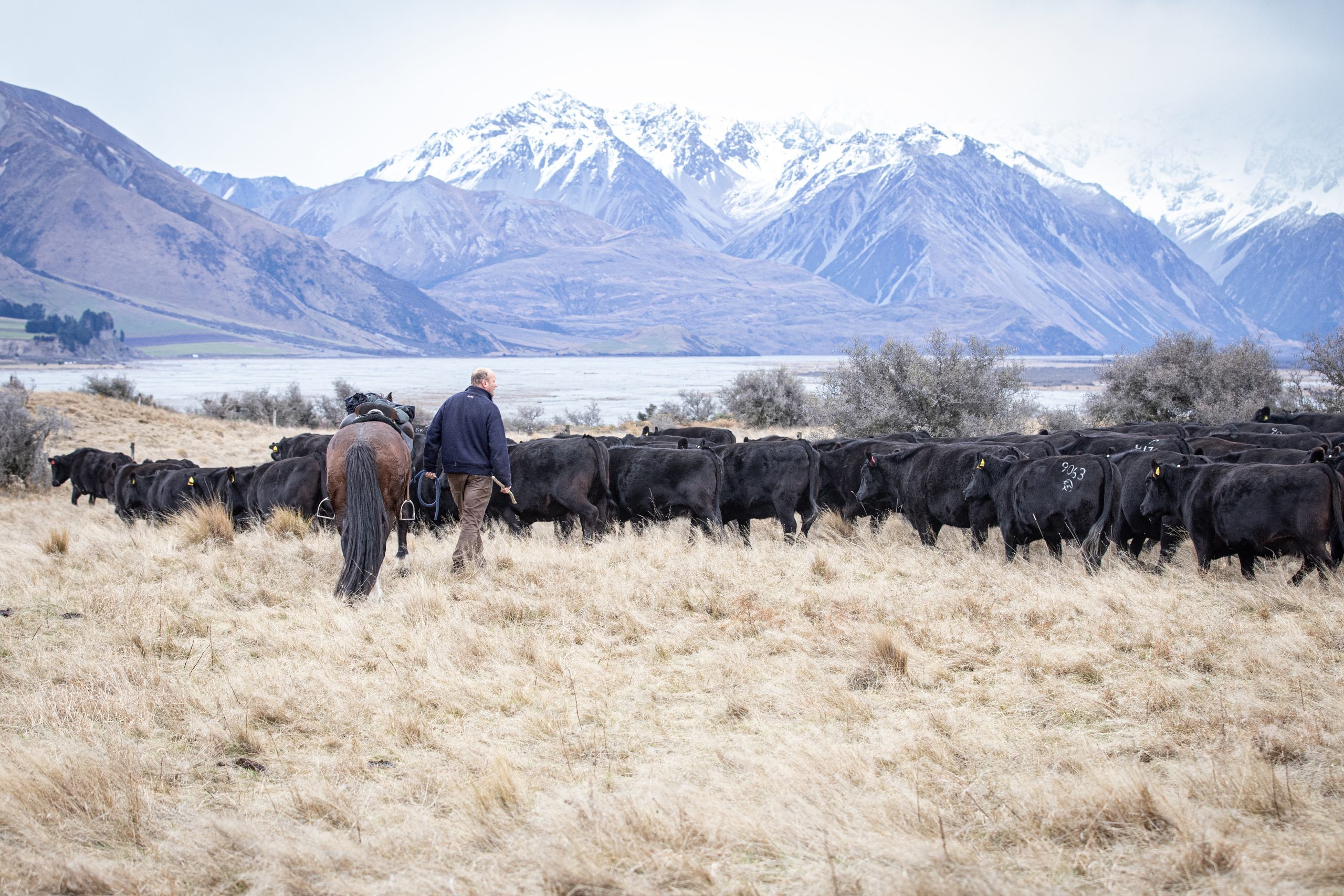Farming under pressure
Balancing the books while costs spiral and prices plunge is going to put lots of farmers under pressure.

 Balancing the books while costs spiral and sheepmeat and beef prices plunge is going to put lots of farmers under pressure. I remember the long nights my Dad spent at his desk trying to pay the bills when all the subsidies came off in the 1980s – farming goes in cycles and you need to build the war chest in the good times to get you through the lean ones.
Balancing the books while costs spiral and sheepmeat and beef prices plunge is going to put lots of farmers under pressure. I remember the long nights my Dad spent at his desk trying to pay the bills when all the subsidies came off in the 1980s – farming goes in cycles and you need to build the war chest in the good times to get you through the lean ones.
The meteorologist’s outlook for an El Nino change putting the East Coast into a drought has many farmers worried, and in the meantime it keeps raining.
Our Gisborne contributor Louise, (who won a prize for her fabulous photo of Rayna Grace throwing a fleece into a wool press on the East Coast published in Country-Wide earlier this year) was telling of maize farmers who lost their crop to a fungus in the wet weather and burned the whole crop, how Cedenco are walking away from growing tomatoes on the Poverty Bay flats this season because they are still flooded and how the water table is so high bodies have not been able to be buried at the Gisborne Cemetery because they just won’t stay down.
And every time the locals are forecast 10mm of rain, about 70mm arrives. It’s damp, demoralising and damn hard to turn a profit! But farmers just pick themselves up and keep on going – like those who suffered from Cyclone Gabrielle, lost trees, hillsides, bridges and culverts and riparian plantings.
After the immediate cleanup the questions begin – how can we do things differently? Can we remediate and build back better to limit the damage next time? In our special report we look at strategies for just that – the use of space-planted poplars, where natives are best, how to recover from the storm and what to concentrate on next time.
Rebecca visited Awapapa Station where slipping damage was 71% reduced compared to others because of their planting regimes. (p50)
In our cost control feature we have some strategies from farm consultants as to where to cut costs while minimising the effects on production. Know your risk and work line by line to mitigate them.
There are three strategies: take on more debt, cut costs, or sell something (or a combination of the three). (p80)
The dog food guide has been updated for another year and is a great place to compare products and ensure your hard-working team’s dietary requirements are met (p38). Remember, pressure makes diamonds!
jackie@countrywidemedia.co.nz 027 359 7781




